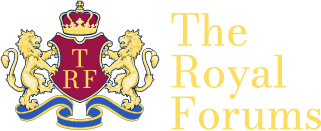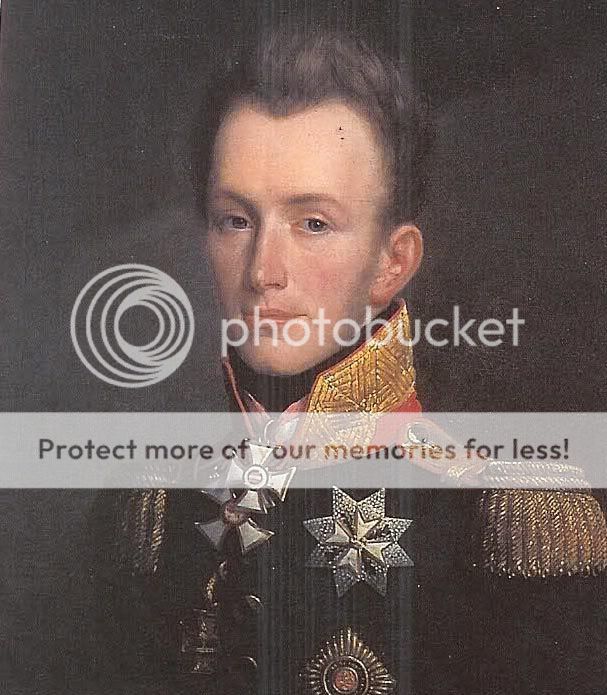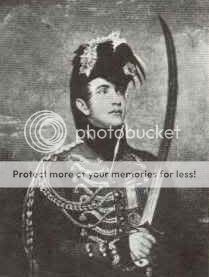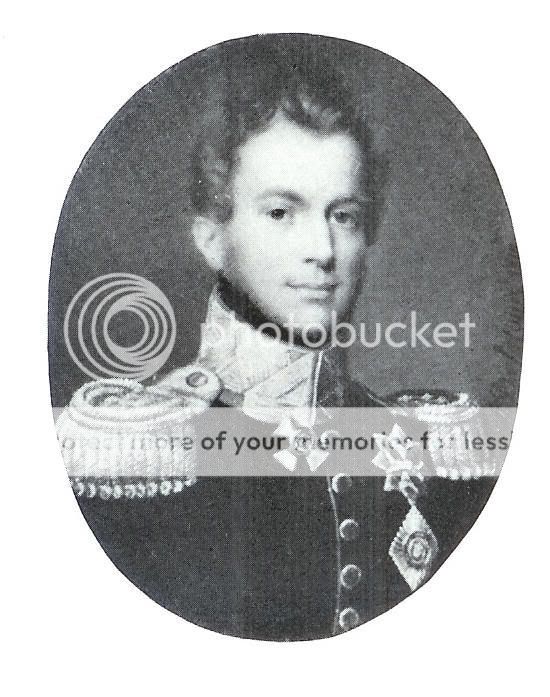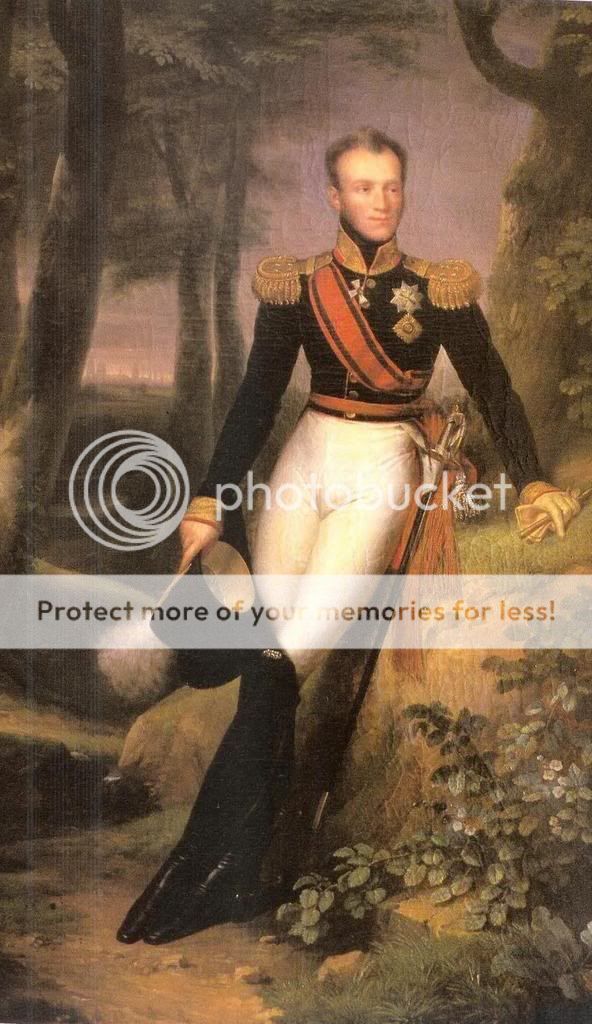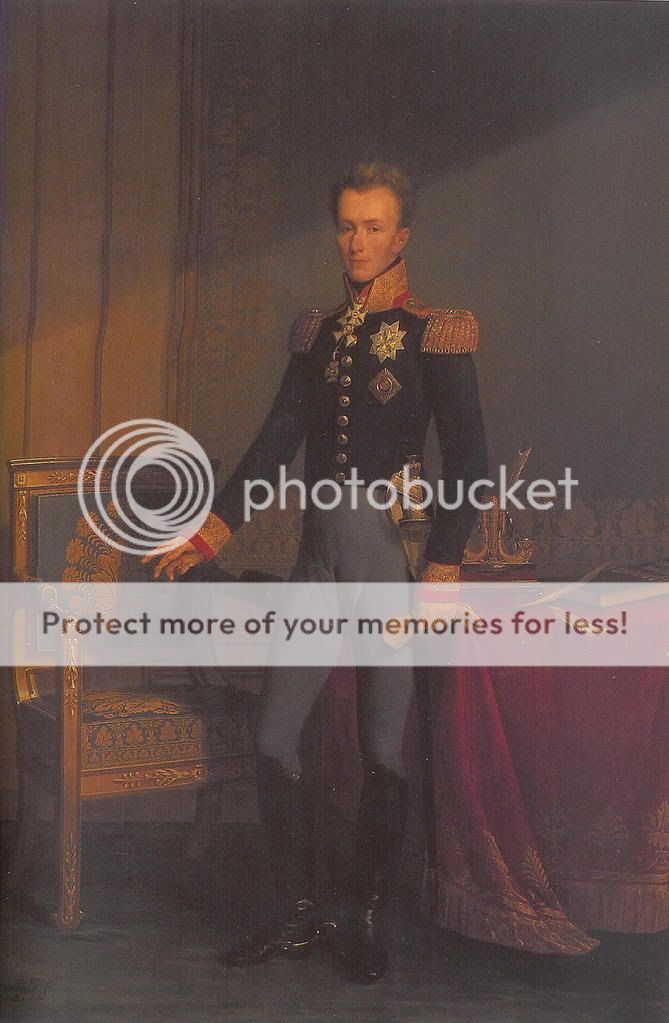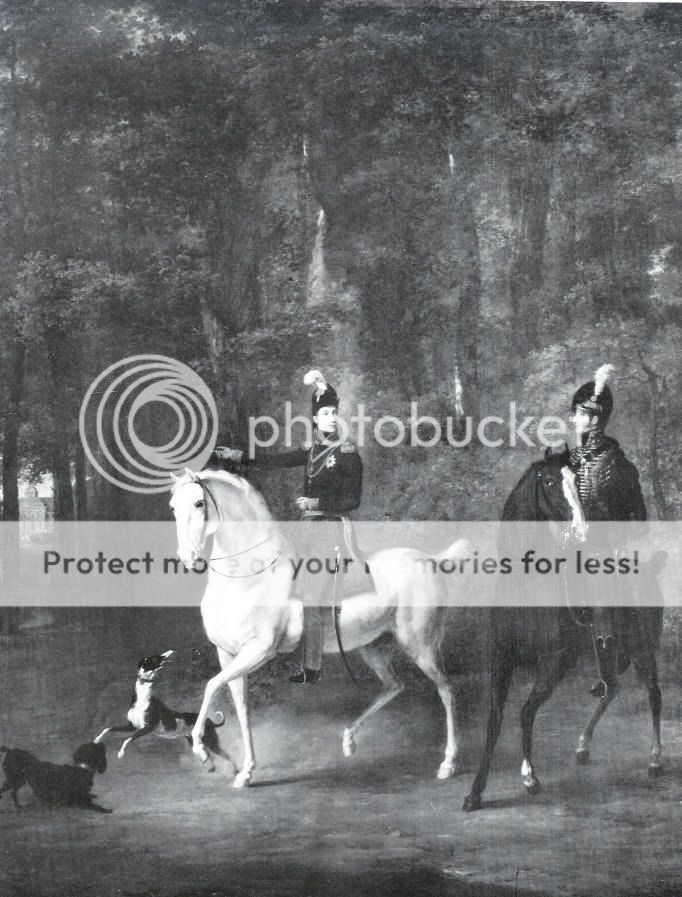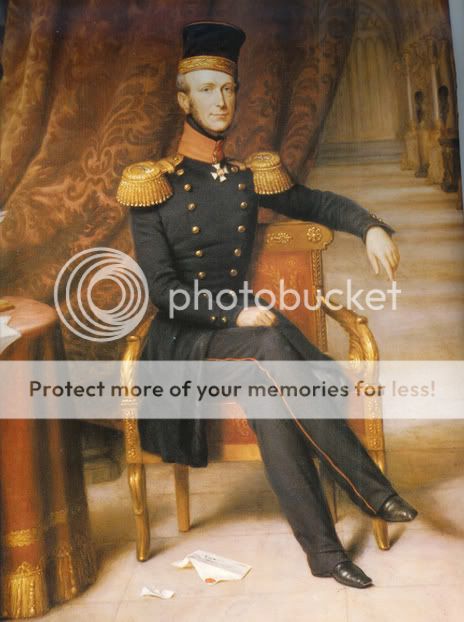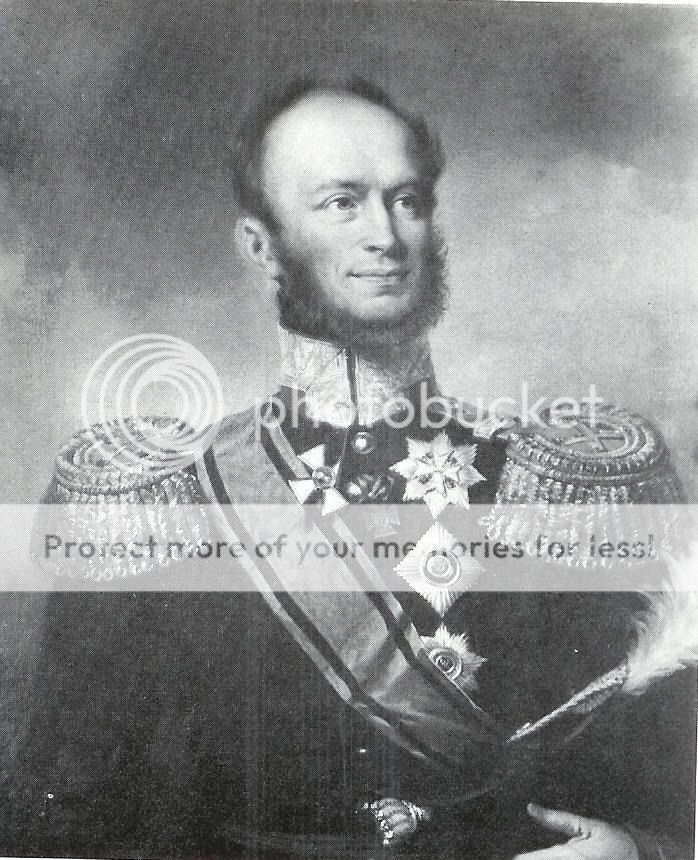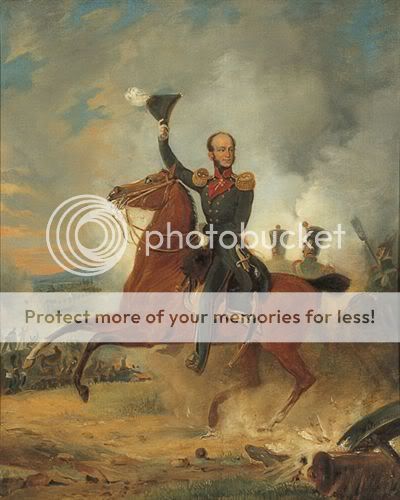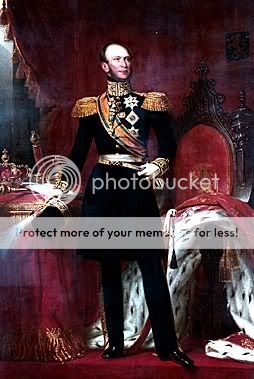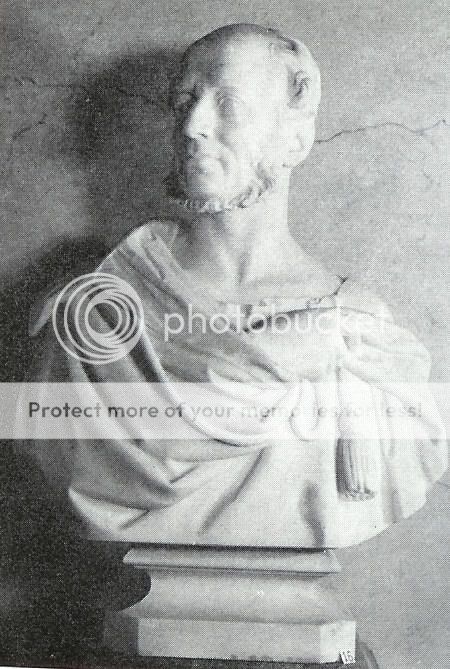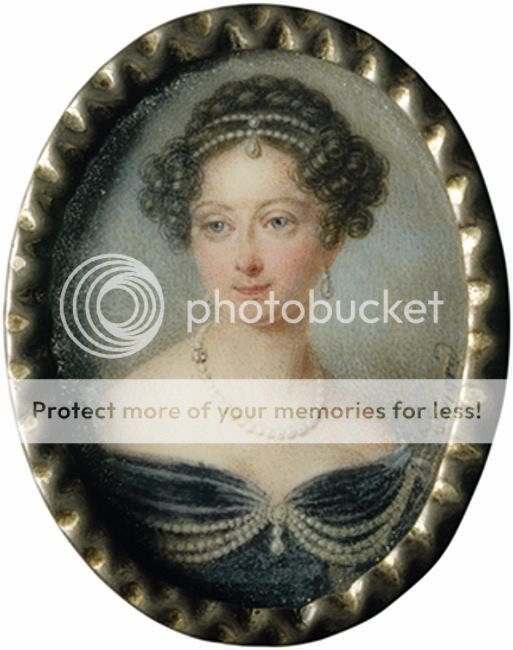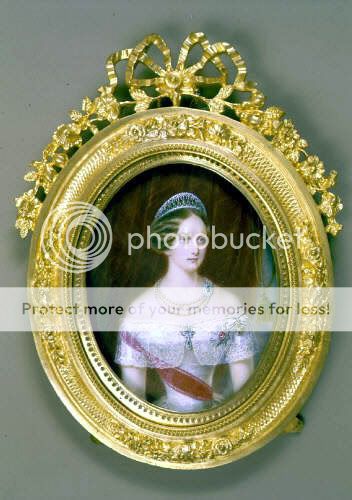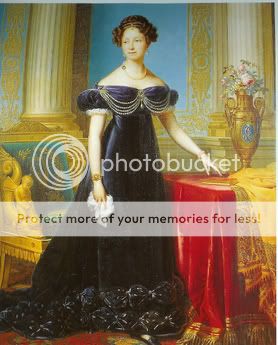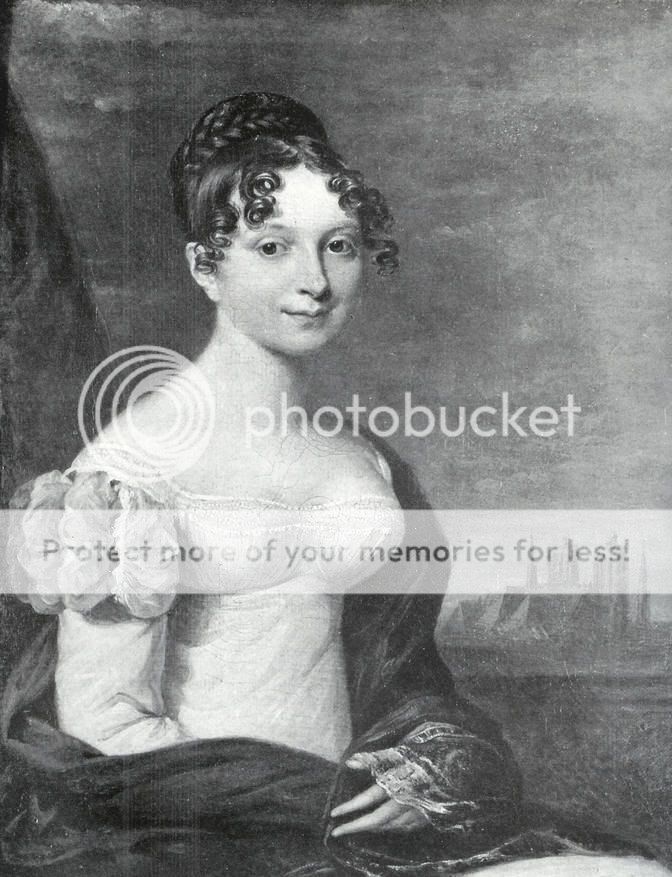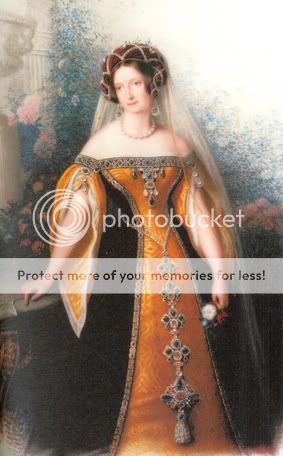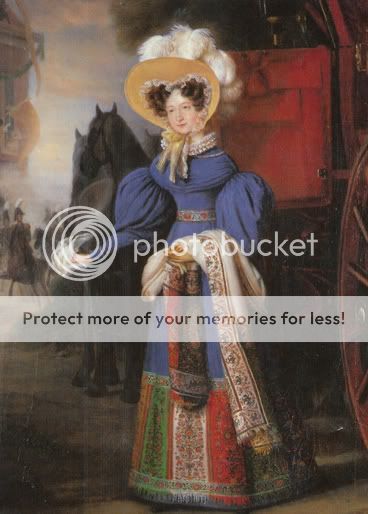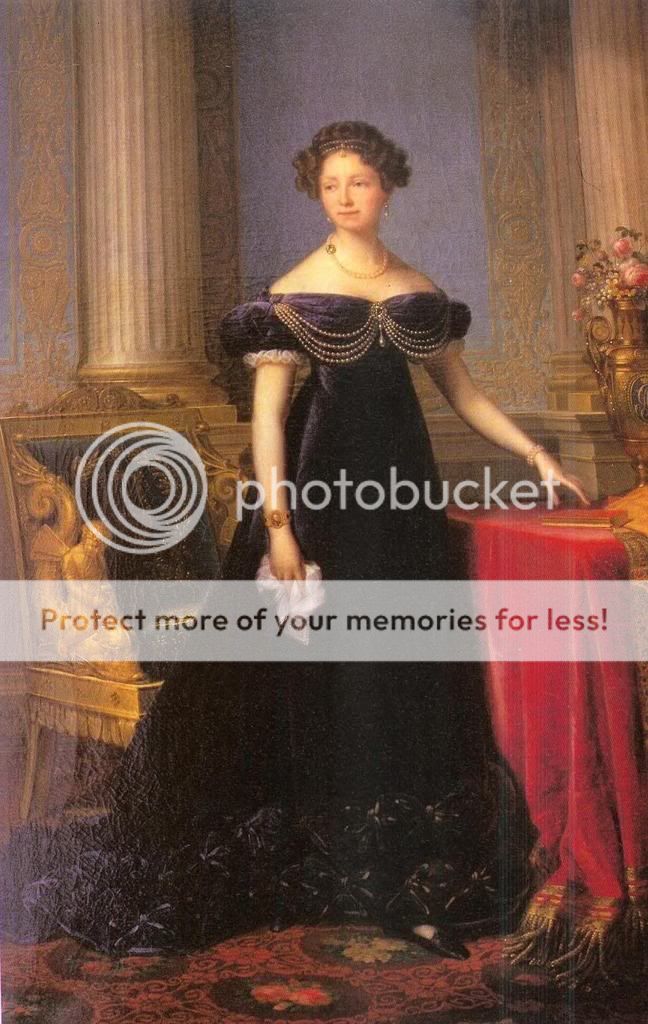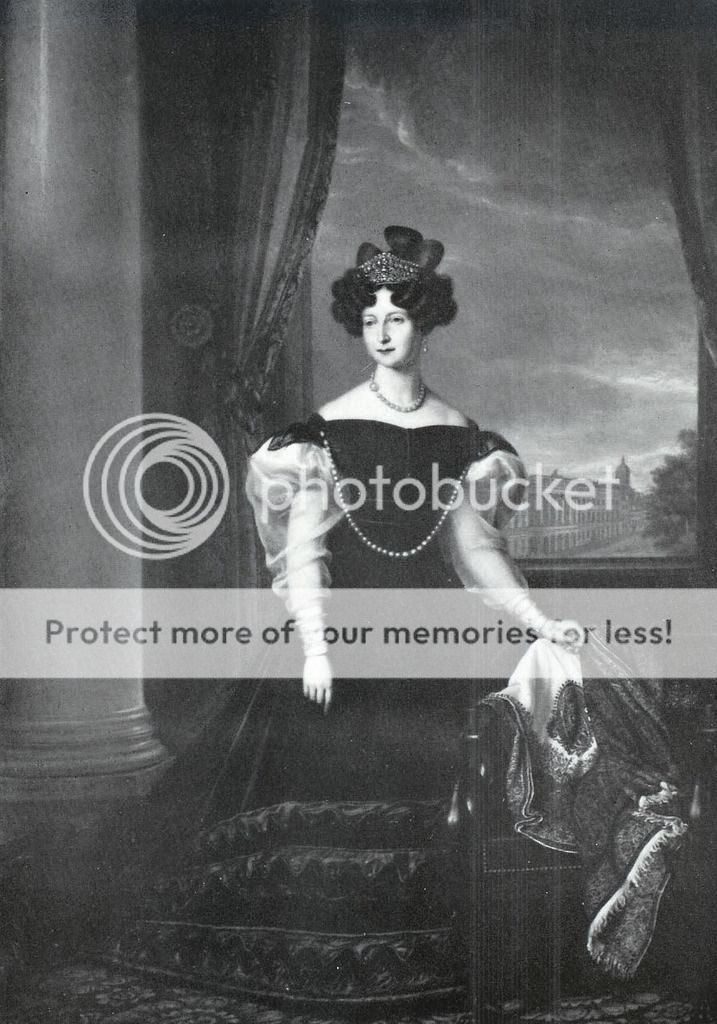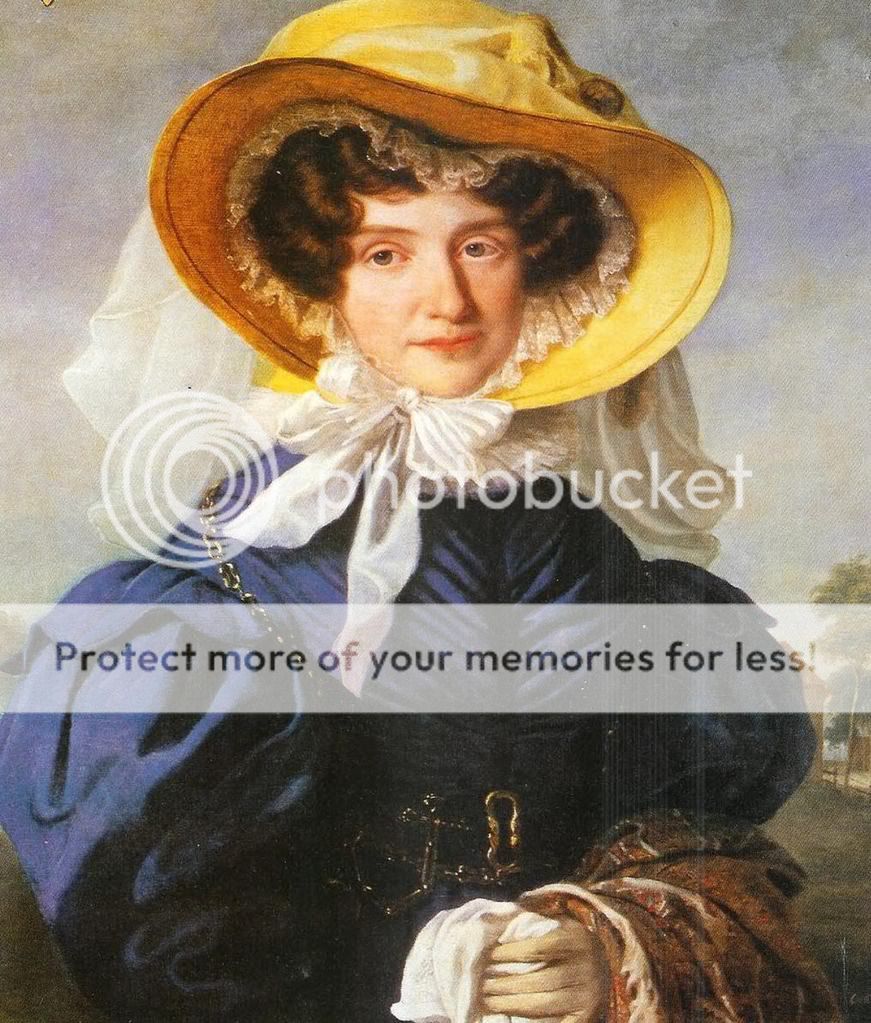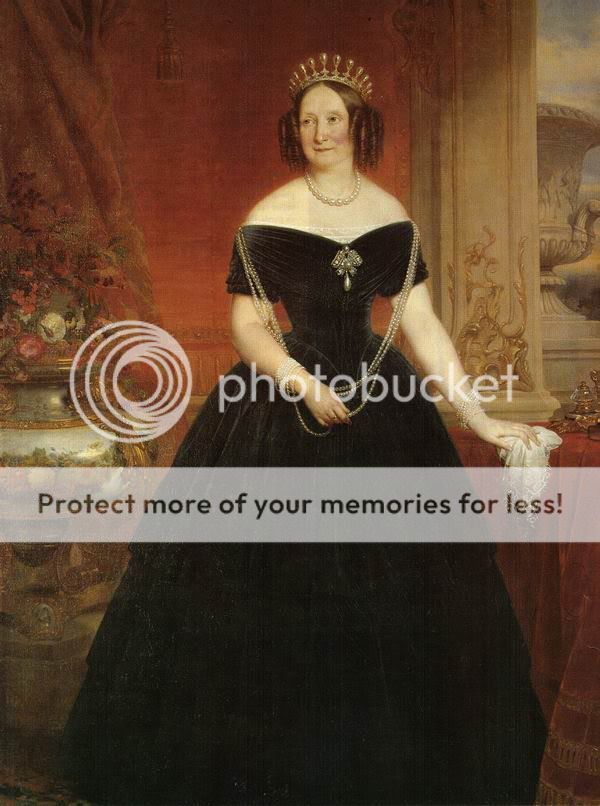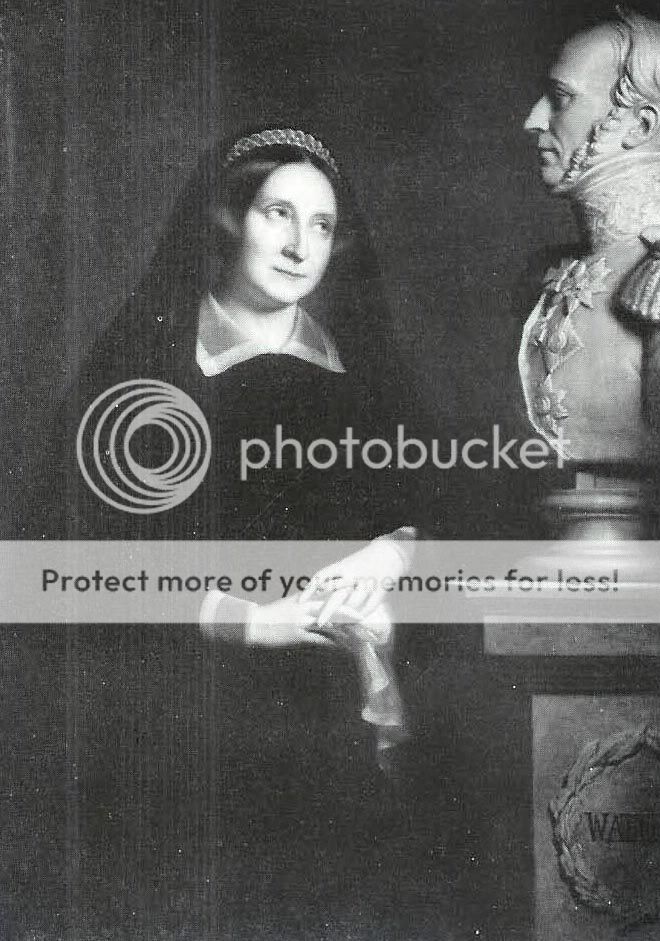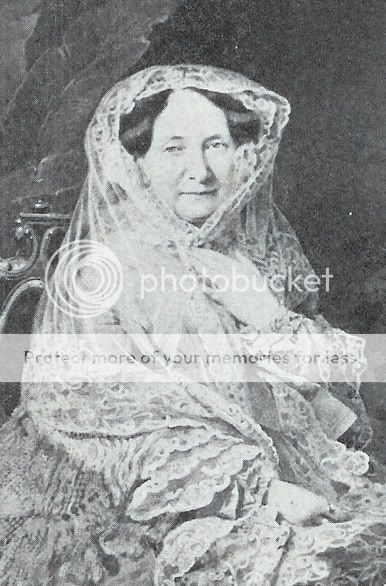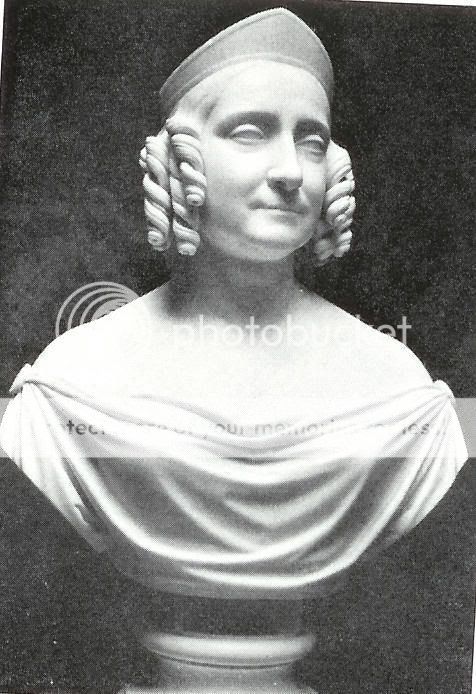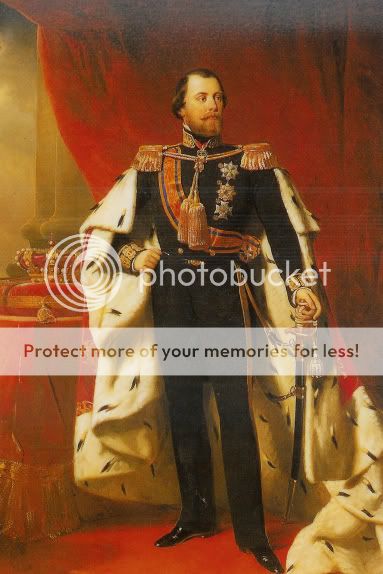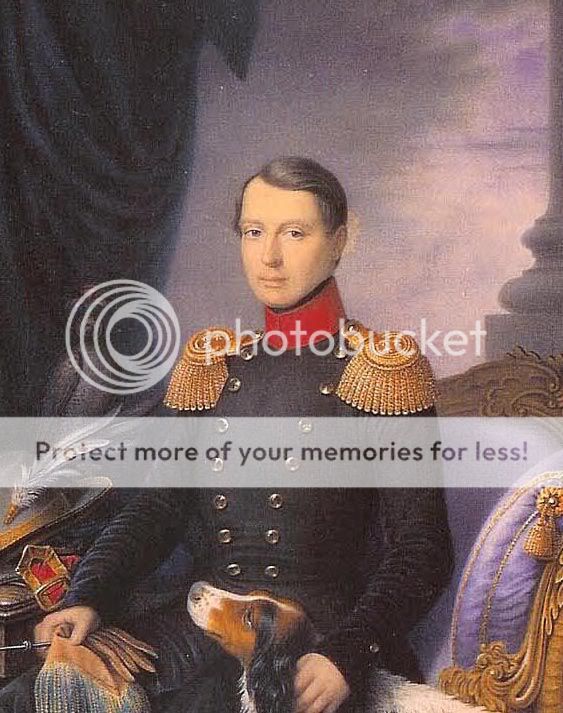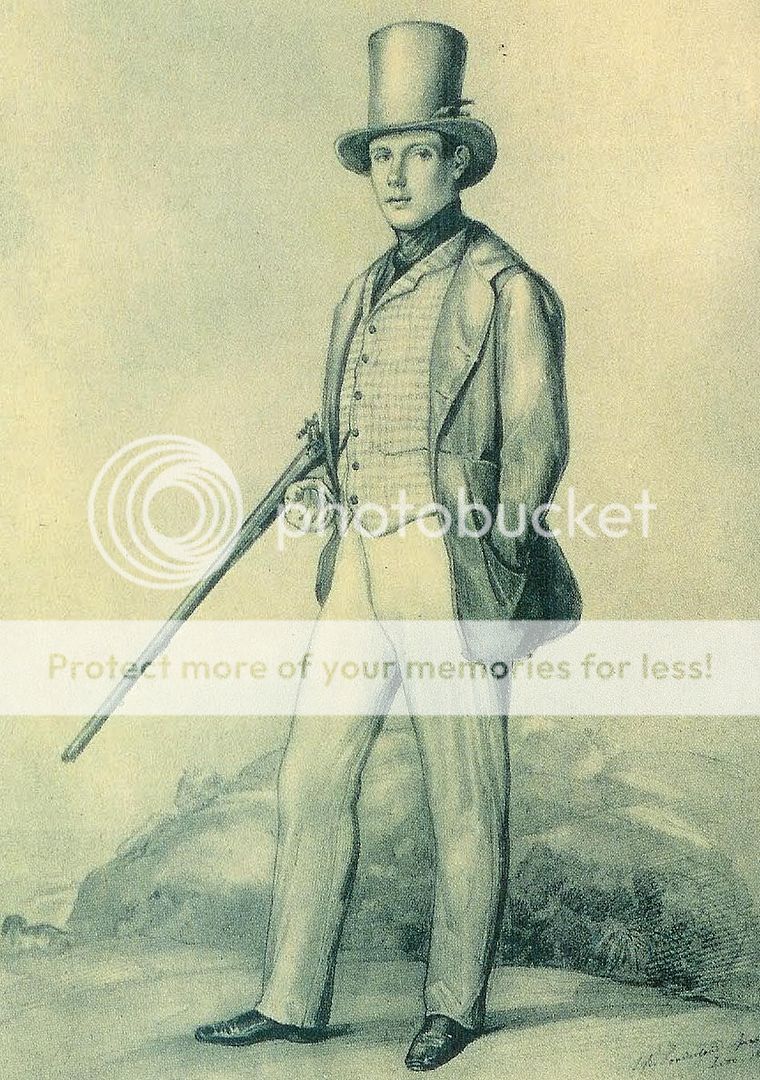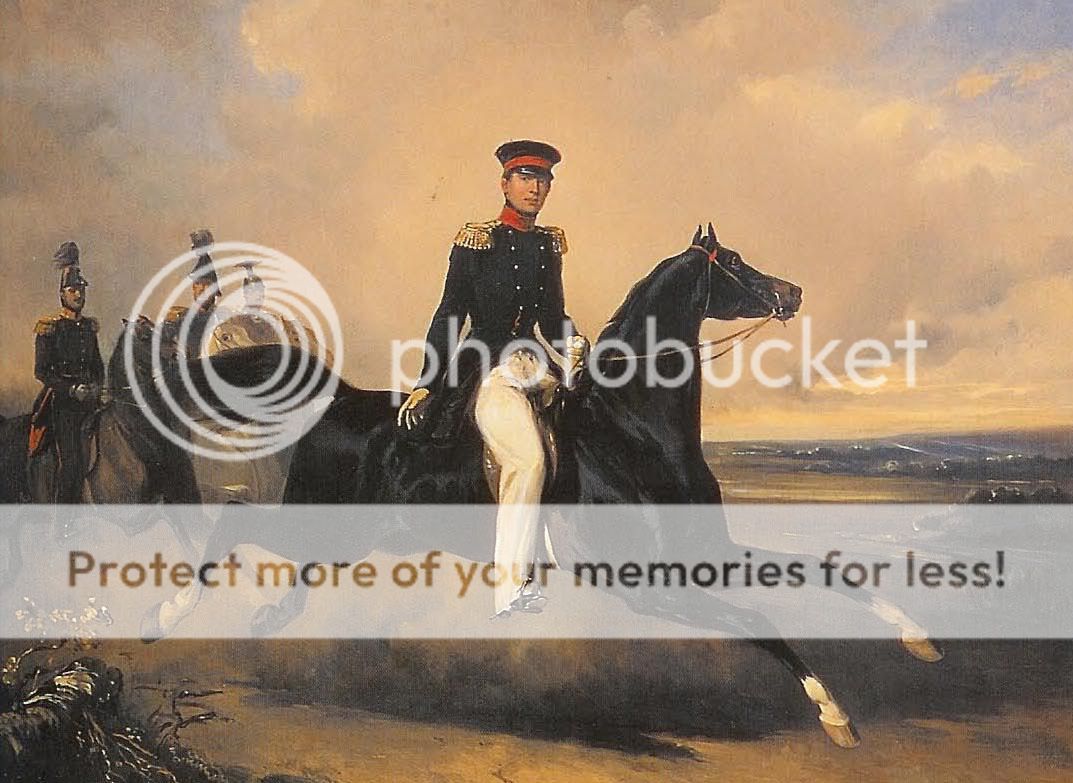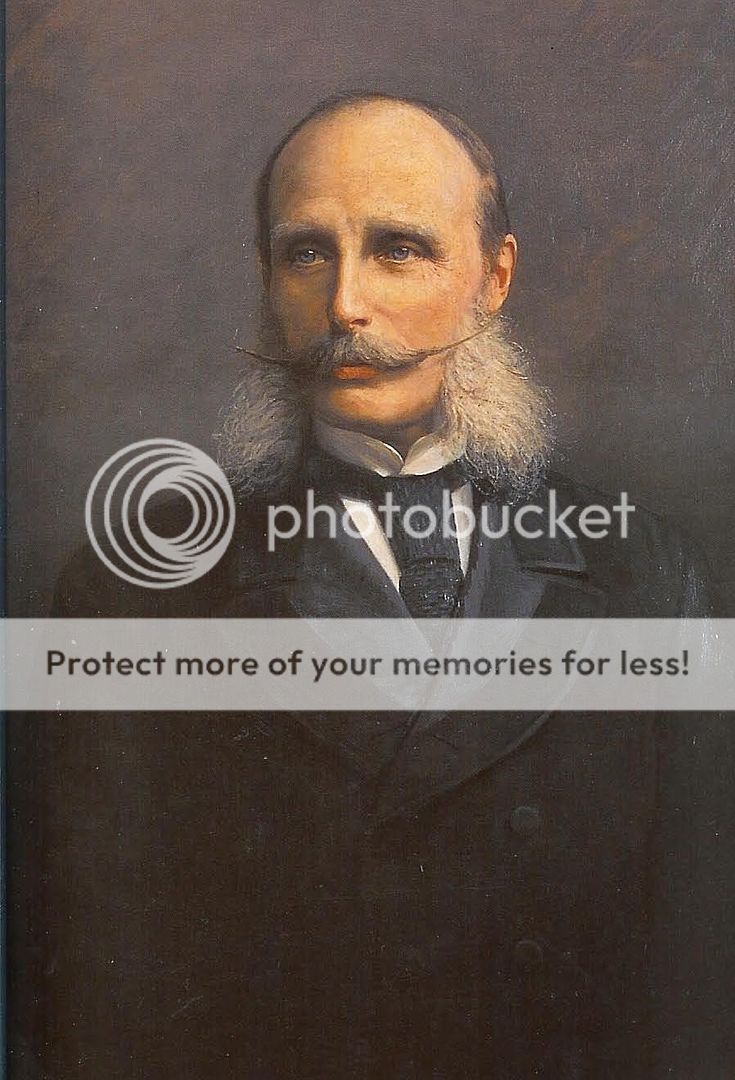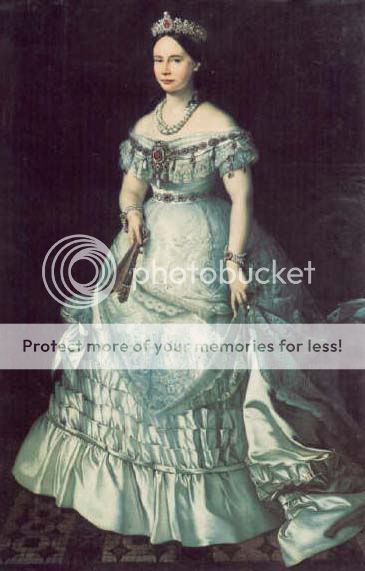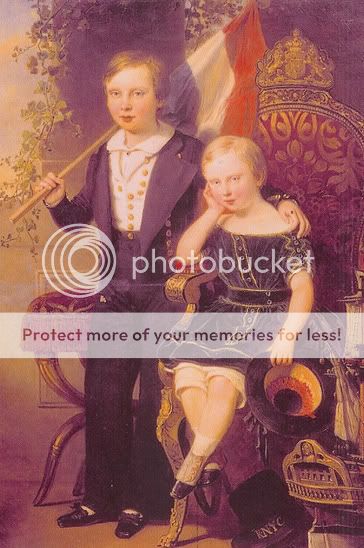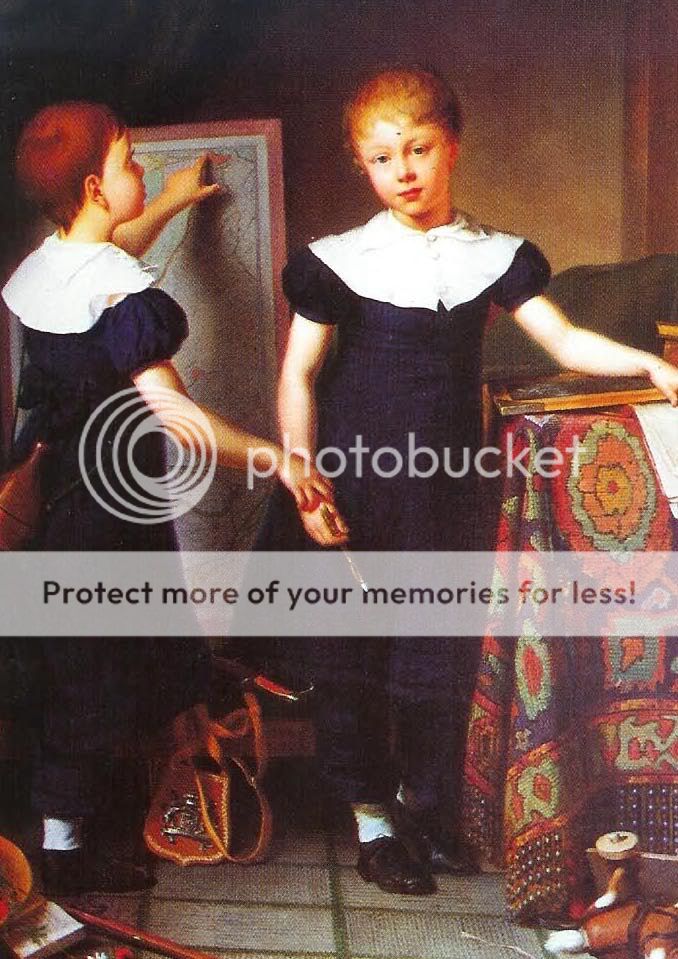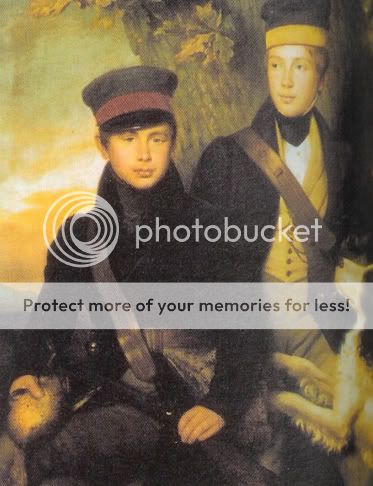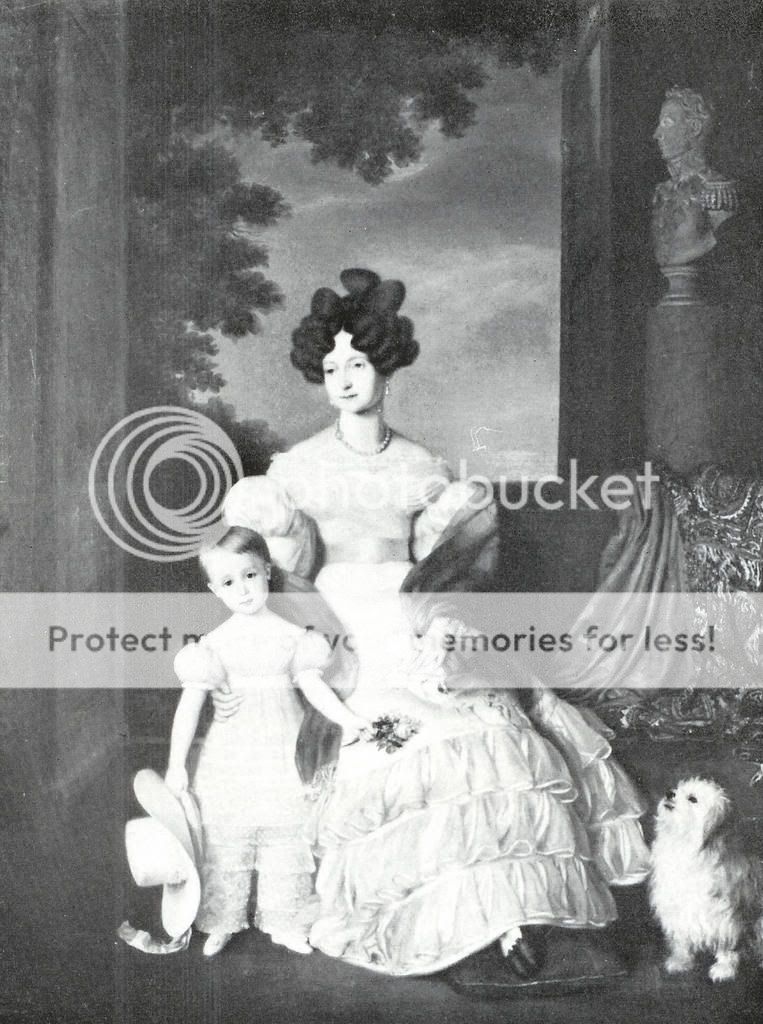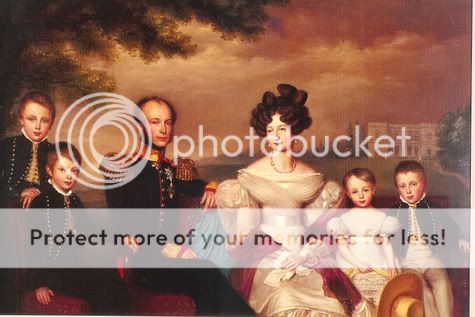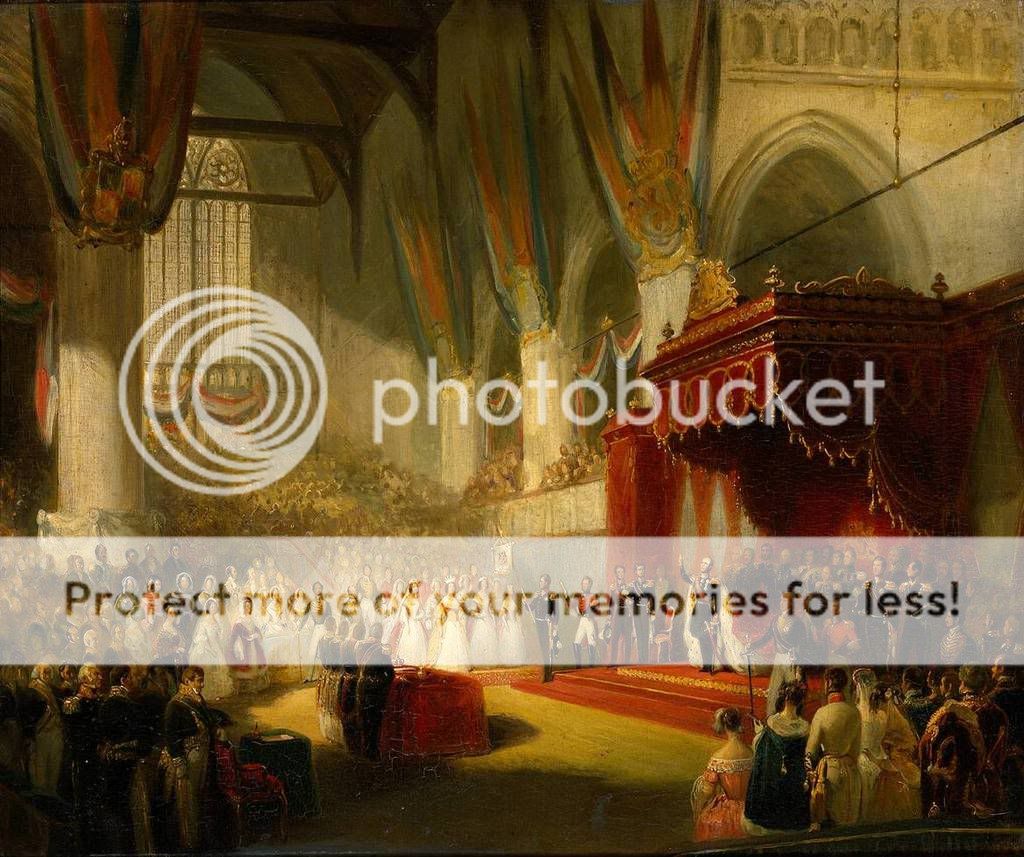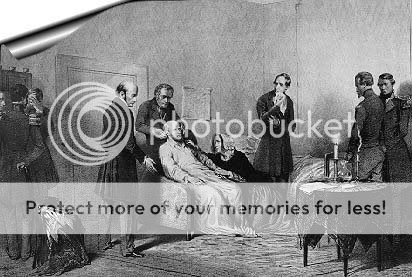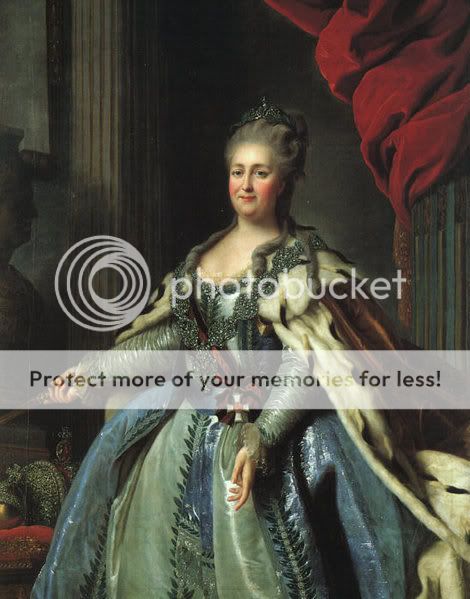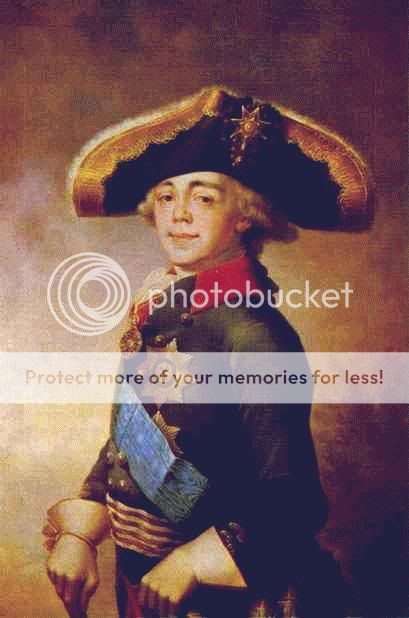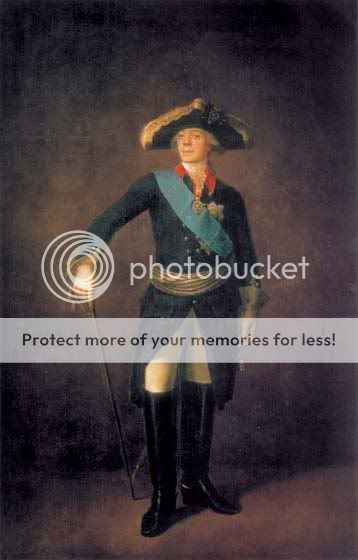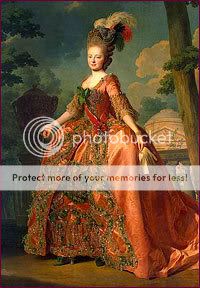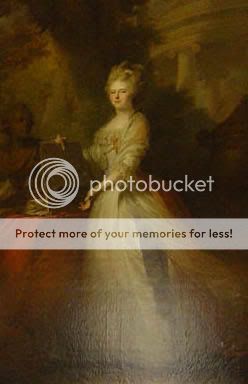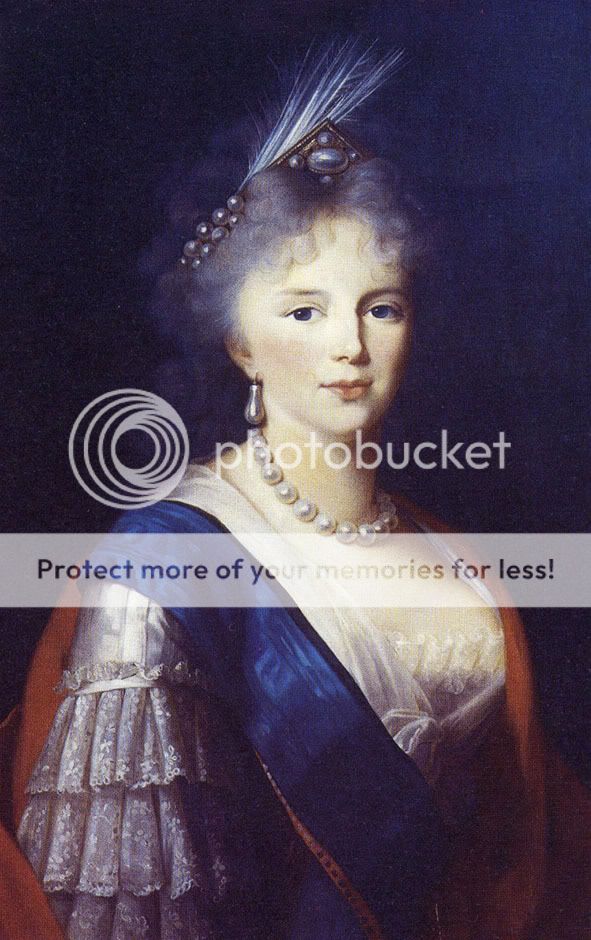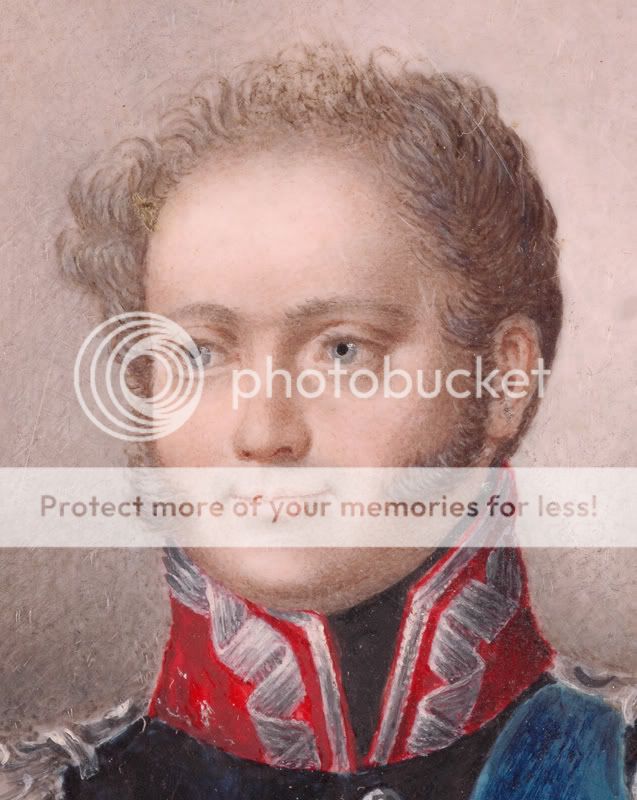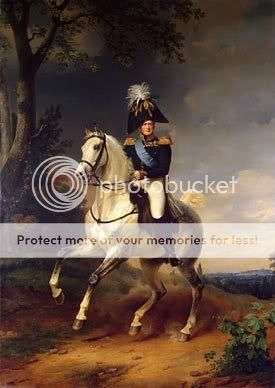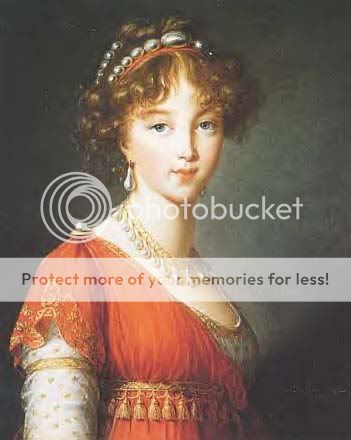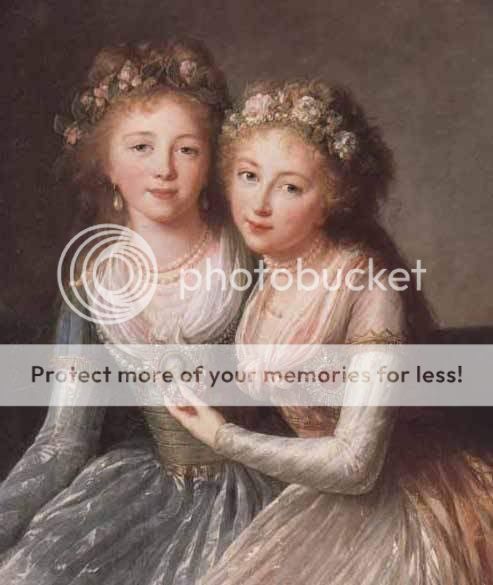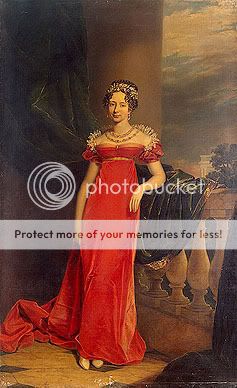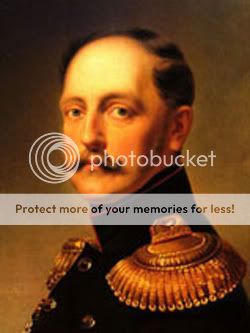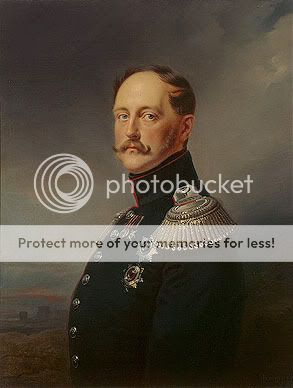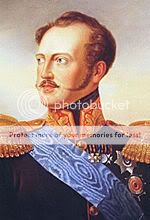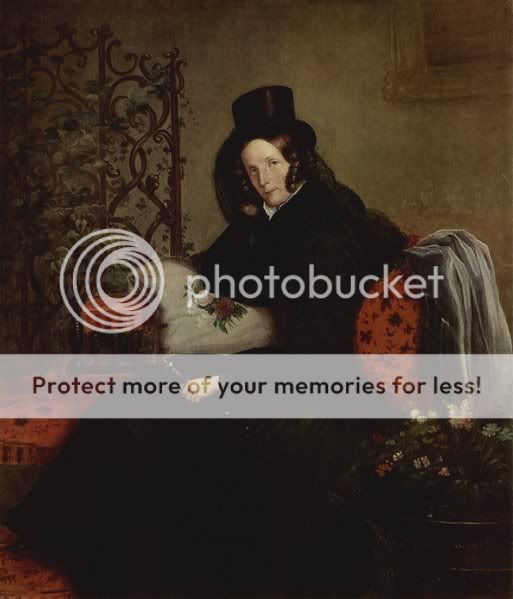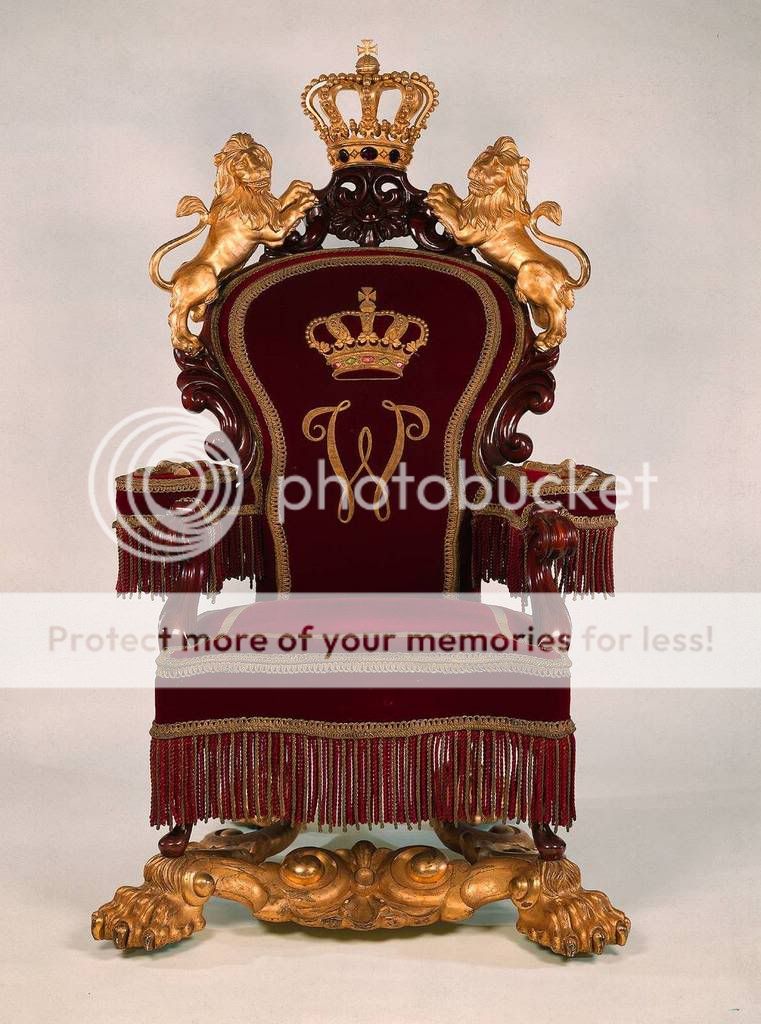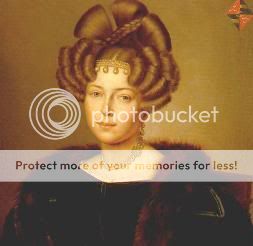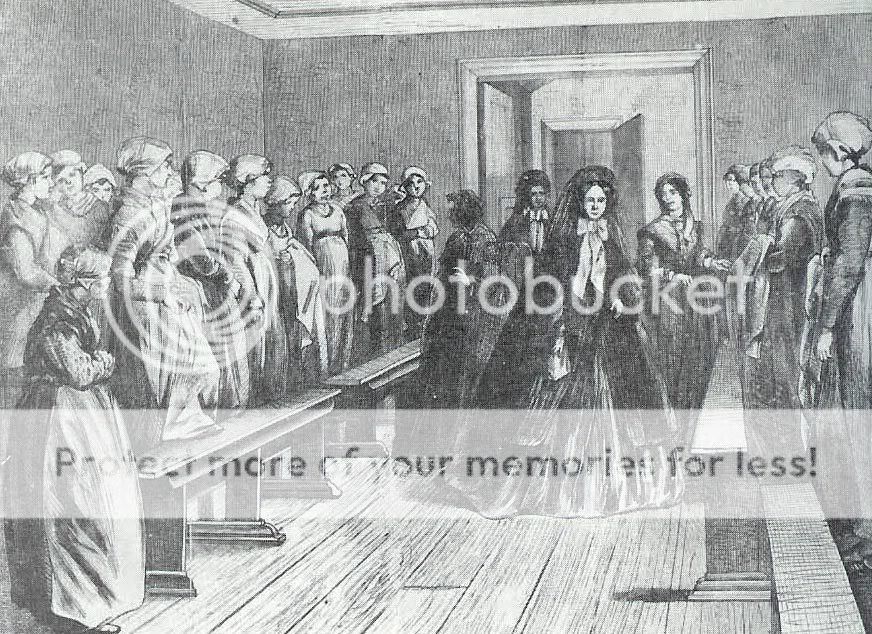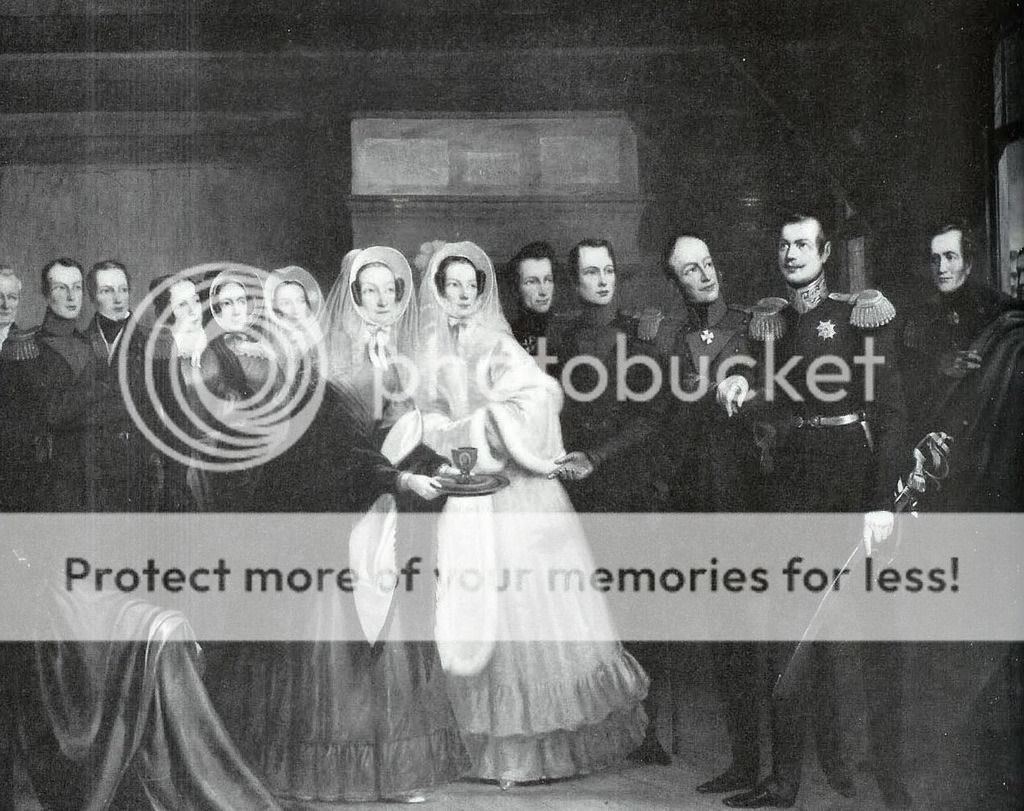- Joined
- Aug 13, 2004
- Messages
- 27,119
- City
- São Paulo
- Country
- Brazil
King Willem II (1792-1849), Queen Anna (1795-1865) and descendants
This thread is about King Willem II Alexander Paul Frederik Lodewijk of The Netherlands, Grand Duke of Luxembourg, Prince of Oranje-Nassau etc etc, (The Hague, Dec 6, 1792 - Tilburg, Mar 17, 1849) and Queen Anna Pavlovna of The Netherlands, Grand Duchess of Luxembourg, Princess of Oranje-Nassau, Grand Duchess of Russia, (St. Petersburg, June 17 1818 - The Hague, Mar 1, 1865)
Parents Willem: King Willem I of The Netherlands and Queen Wilhelmina of The Netherlands, nee Princess of Prussia.
Parents Anna: Emperor Paul I of Russia and Empress Maria Feodorovna of Russia, nee Princess of Wurttemberg.
Children Willem and Sophie: King Willem III, Prince Alexander, Prince Casimir, Prince Hendrik of The Netherlands and Grand Duchess Sophie of Saxe-Weimar.
Siblings Willem II: Prince Frederik, Princess Pauline of The Netherlands and Princess Marianne of Prussia.
Siblings Anna: Emperor Alexander I of Russia, Grand Duke Constantine of Russia, Archduchess Alexandra of Austria, Hereditairy Grand Duchess Elena of Mecklenburg-Schwerin, Grand Duchess Marie of Saxe-Weimar, Queen Catherine of Wurttemberg, Grand Duchess Olga of Russia, Emperor Nicholas I of Russia and Grand Duke Michael of Russia.
---
painting left: King Willem II
painting right: Queen Anna
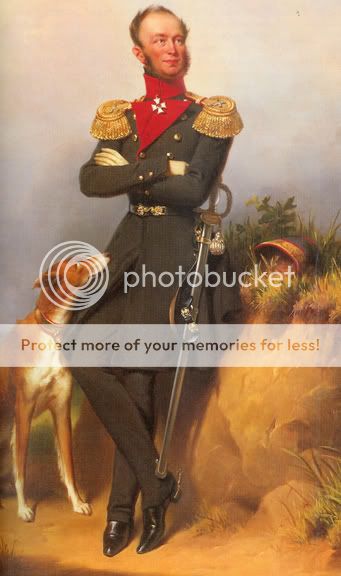
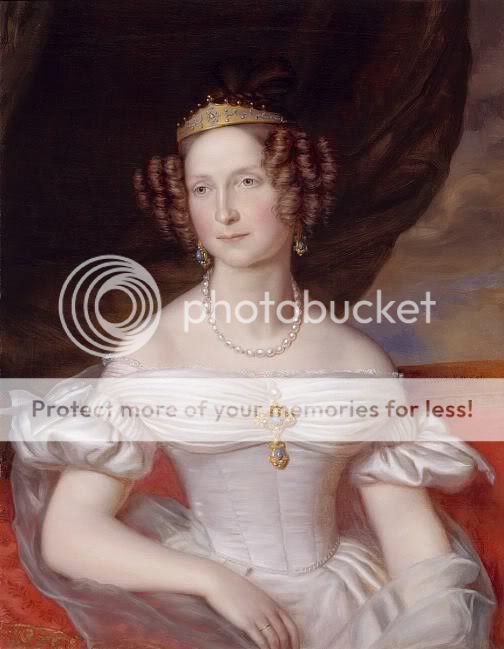
Note 1: All the pictures posted from post 1-20 are free of copyrights, unless stated differently.
Note 2: Most pictures were originally posted by Thijs at the Alexander Palace Forums
This thread is about King Willem II Alexander Paul Frederik Lodewijk of The Netherlands, Grand Duke of Luxembourg, Prince of Oranje-Nassau etc etc, (The Hague, Dec 6, 1792 - Tilburg, Mar 17, 1849) and Queen Anna Pavlovna of The Netherlands, Grand Duchess of Luxembourg, Princess of Oranje-Nassau, Grand Duchess of Russia, (St. Petersburg, June 17 1818 - The Hague, Mar 1, 1865)
Parents Willem: King Willem I of The Netherlands and Queen Wilhelmina of The Netherlands, nee Princess of Prussia.
Parents Anna: Emperor Paul I of Russia and Empress Maria Feodorovna of Russia, nee Princess of Wurttemberg.
Children Willem and Sophie: King Willem III, Prince Alexander, Prince Casimir, Prince Hendrik of The Netherlands and Grand Duchess Sophie of Saxe-Weimar.
Siblings Willem II: Prince Frederik, Princess Pauline of The Netherlands and Princess Marianne of Prussia.
Siblings Anna: Emperor Alexander I of Russia, Grand Duke Constantine of Russia, Archduchess Alexandra of Austria, Hereditairy Grand Duchess Elena of Mecklenburg-Schwerin, Grand Duchess Marie of Saxe-Weimar, Queen Catherine of Wurttemberg, Grand Duchess Olga of Russia, Emperor Nicholas I of Russia and Grand Duke Michael of Russia.
---
painting left: King Willem II
painting right: Queen Anna


Note 1: All the pictures posted from post 1-20 are free of copyrights, unless stated differently.
Note 2: Most pictures were originally posted by Thijs at the Alexander Palace Forums
